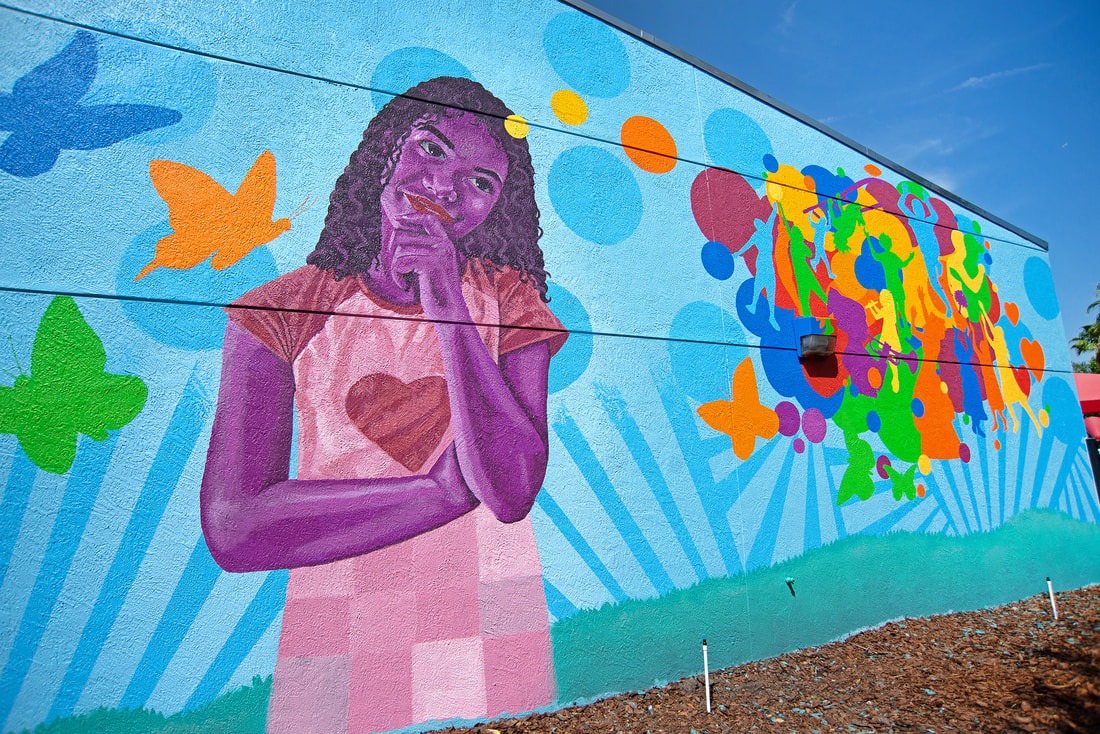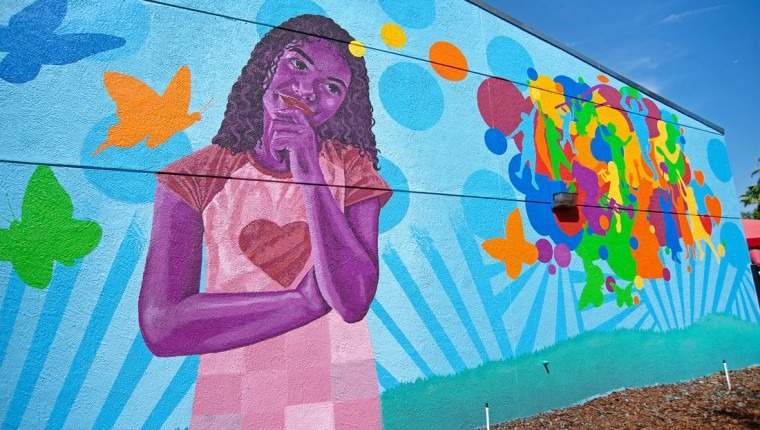. . .
It’s not easy to earn a living as a full-time artist. Artists have lives and families, they need a home – and health care. Most artists have day jobs or teach, and devote what time they can to creating.
We asked a range of visual, literary and performing artists how they made the transition to a full-time career, and these artists shared guidance that’s both practical and inspirational.
If you’d like to share your experience,
you can email s.cowley@creativepinellas.org
and we’ll keep updating this feature.
Zulu Painter
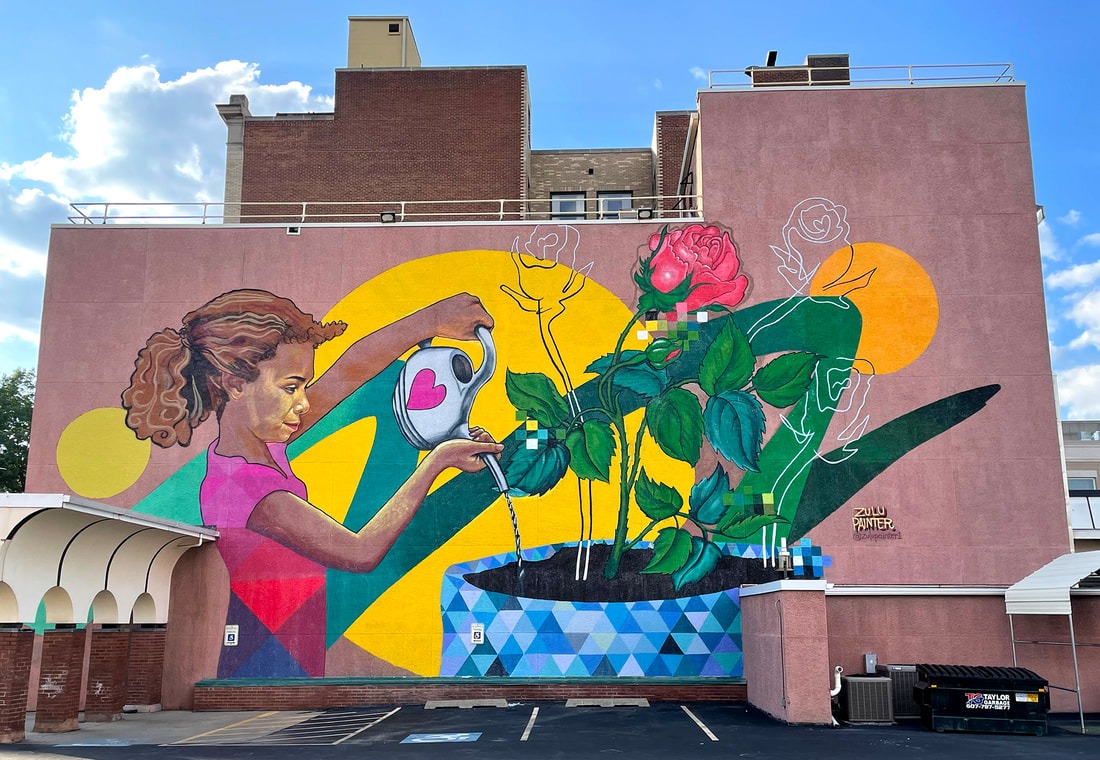
Being a full-time Artist isn’t for everyone. To this day, I have to have my eggs in multiple baskets while planting seeds everywhere.
I do my best to let as many possible clients as I can know that I am available for any gig that they may have in mind – and that I have fresh new ideas of my own for collaborative opportunities that may arise.
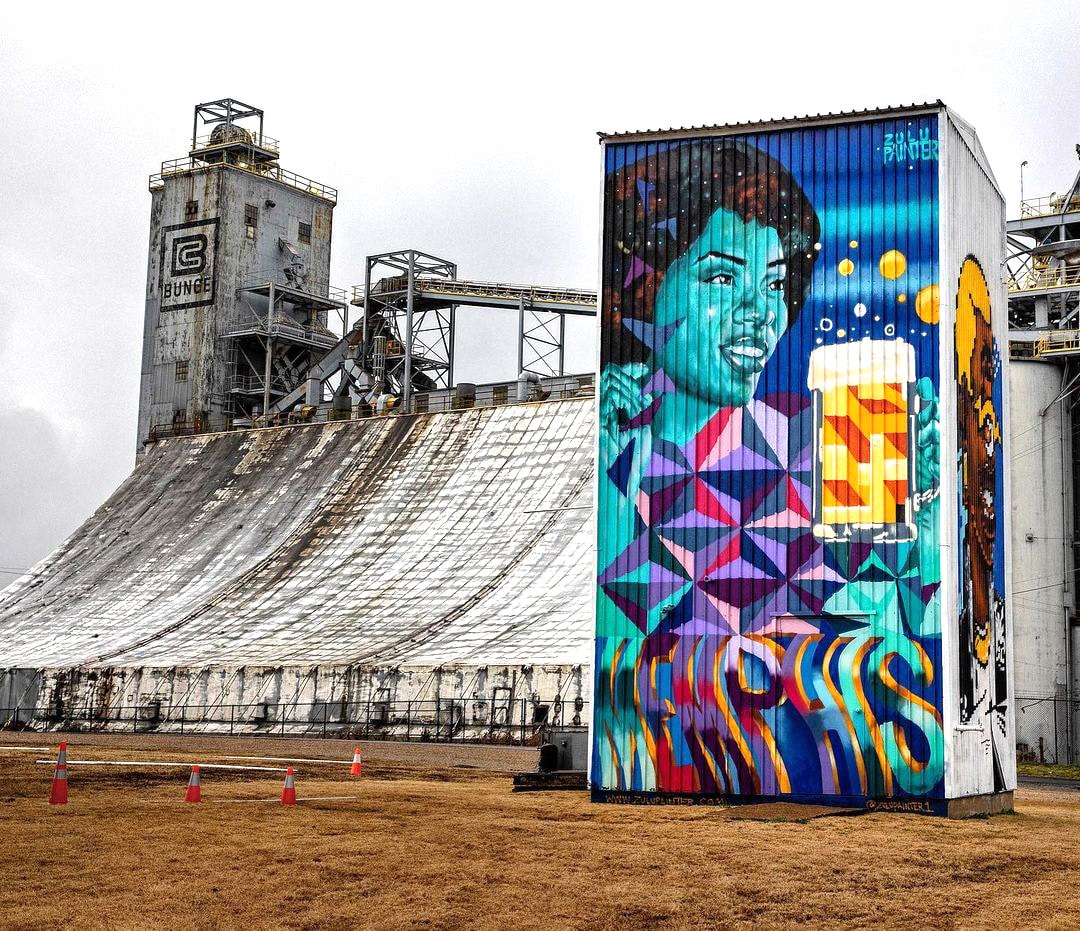
Making the “Freelance Artist Lifestyle” a reality only works if I am adaptable.
Instagram @zulupainter1
Don Gialanella
From the work-a-day-world to the solitude of the Studio
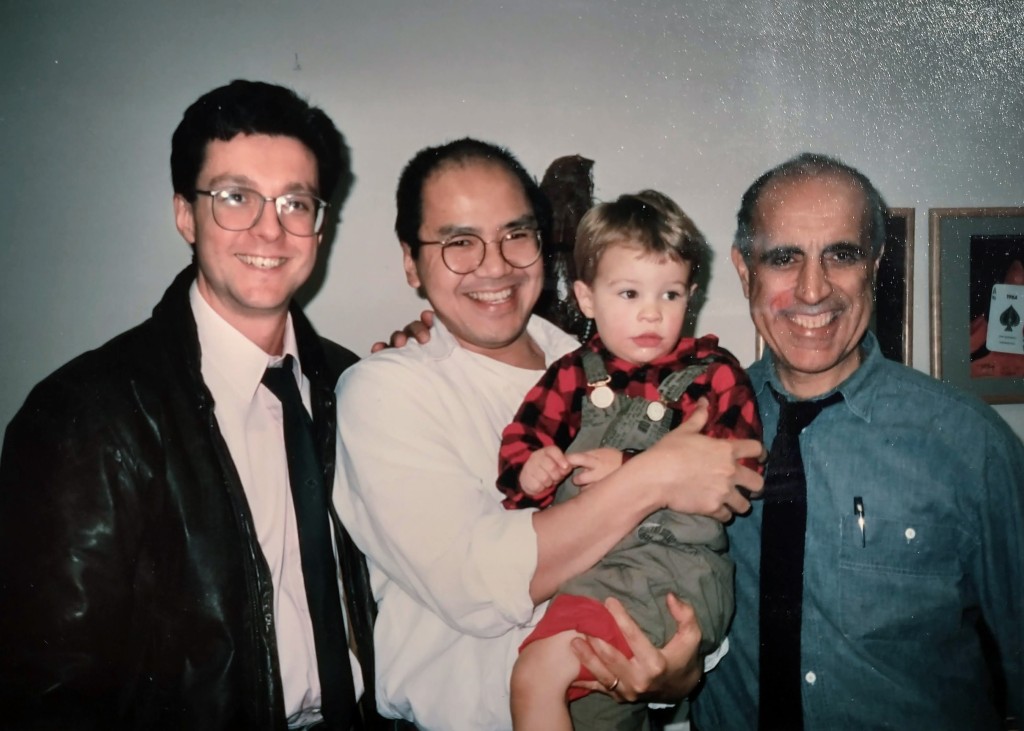
In sun-soaked Southern California in 1981, I briefly worked as an illustrator at the Blade-Tribune Newspaper in Oceanside. However, the pull of my artistic compass brought me back to the frenetic energy of New York, where the ABC television graphics department became my new home.
Thriving amidst the barrage of daily challenges—crafting visuals for World News Tonight, scaling the heights of the departmental hierarchy, and navigating the cutthroat currents of corporate politics—I reveled in the fast-paced rhythm of Network TV. In spite of winning an Emmy in 1990, the siren call of sculptural expression tugged at my soul.
A pivotal moment arrived in 1992 — I made a decisive break from the corporate world and plunged into academia. My family and I embarked on an odyssey abroad, where teaching and freelance TV design in Turkey intertwined, leading me on a new career chapter.
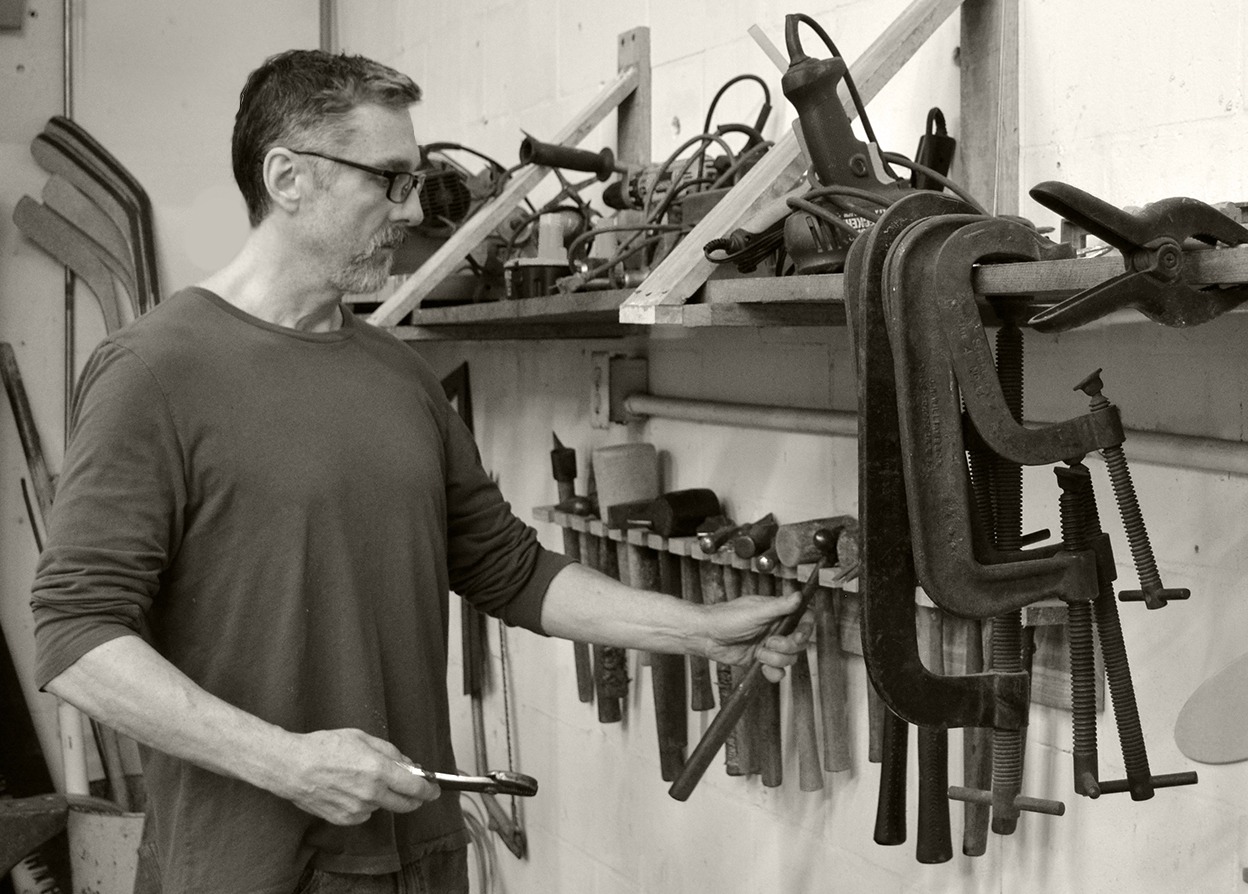
In my second year teaching at Ankara’s Bilkent University I had a painting exhibit at a gallery in town and sold several paintings. This made me realize what I create has meaning and value.
This simple validation became the harbinger of liberation, and gave me the courage to do sculpture full-time. Moving back stateside with three young children into the bucolic serenity of Cooperstown NY, my first studio resonated with the echoes of hammers and genuine inspiration.
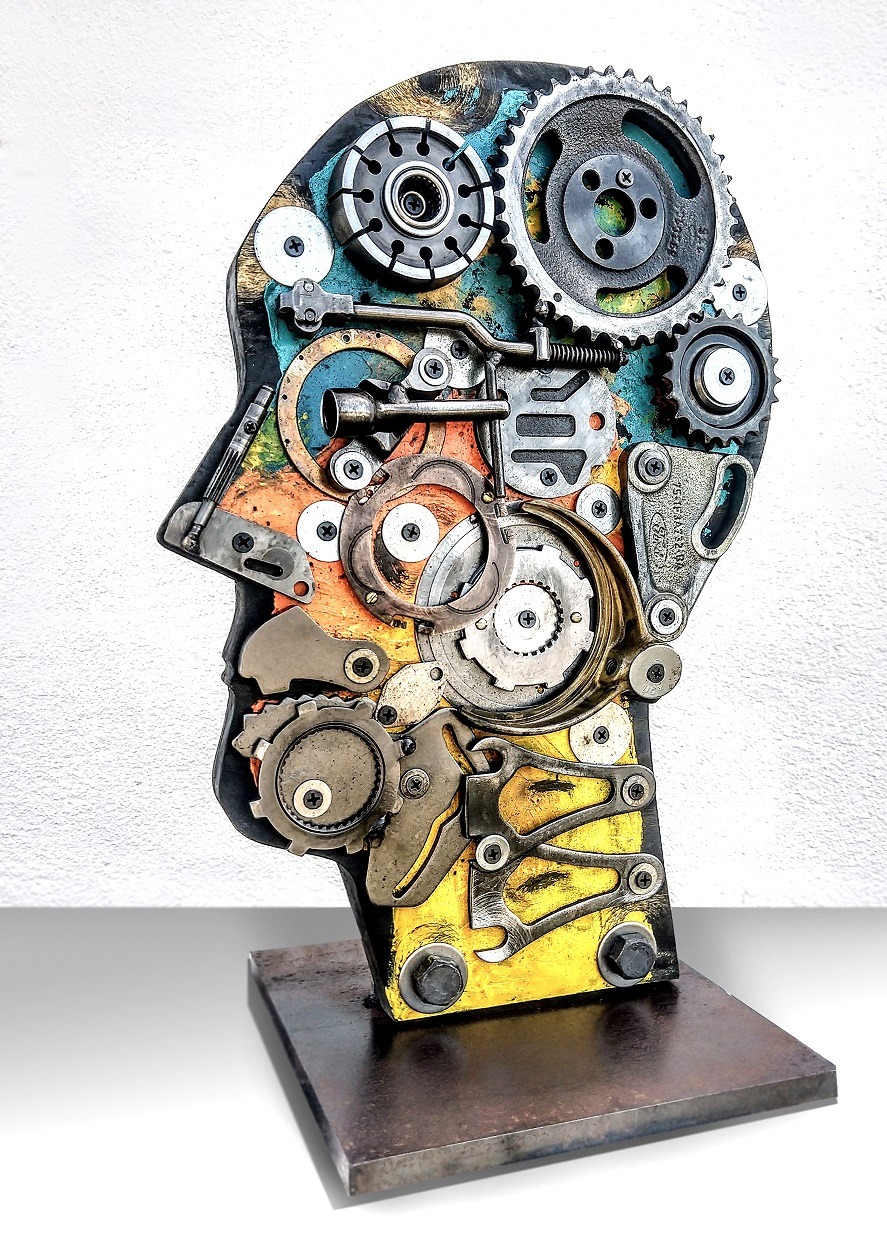
There, amidst the rural landscape, I forged not just art but a new identity – finally free from the corporate embrace to create my personal vision as an independent artist.
I never looked back.
Instagram @donaldgialanella
Sheree L. Greer
Relearning and Unlearning
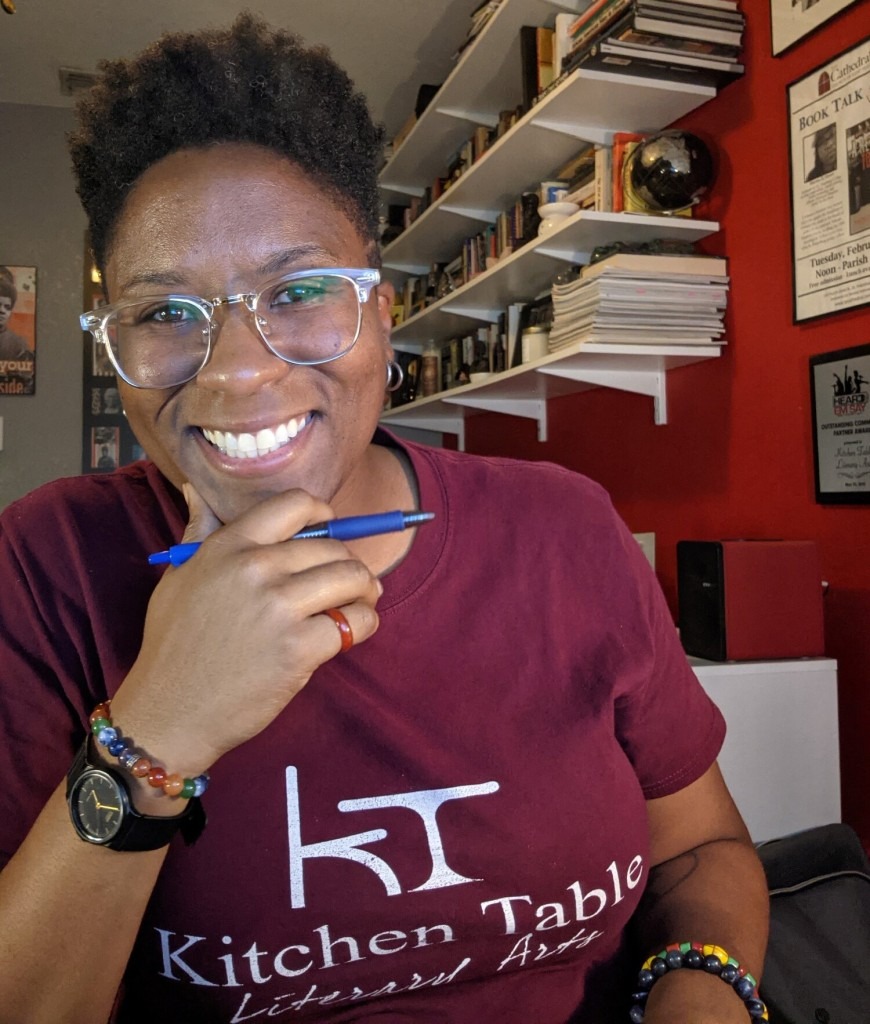
Resigning from full-time faculty work to focus on my writing career was a big deal for me, a leap of faith that required a reckoning with the self-doubt and scarcity mindset that plagues so many artists struggling to balance day jobs and deep yearnings to lose themselves in their craft.
In the spirit of transparency, I must share that this move was made easier by the support of my amazing wife and the nearly two decades of writing, publishing and community-building I’ve done since leaving my business analyst career to become a writer and later a writing professor.
Beyond the incredible support of my family and community, the transition to full-time artist has been one of relearning and unlearning.
I’m relearning what it means to hold myself accountable, to manage my time, and to let my creative practice lead the way. I’ve relearned how to manage my time, prioritize projects, and give myself grace when the rejections come, when the deadlines are missed, and when writing is slow.
Those lessons came in different ways on depending on the day – and the shifting balances of my creative work, my arts administrator work, and my freelance work required a sort of unlearning, too.

When I was struggling to balance my full-time faculty position with running a literary nonprofit and writing books, I defined my efforts by how exhausted and frustrated I felt at the end of each day, each week, each semester. Knowing that I had worked hard at something was measured by how much I suffered for it. What I’m currently working on is unlearning that toxic valuation of my efforts.
Now, I do appreciate and embrace the adages about hard work and discipline, and I’m a student of the great Toni Morrison who said, “All important things are hard.” The writing is sometimes difficult. The days are sometimes long and demanding.
But mostly, the days are beautiful and affirming. The writing, even when it’s tough, is as liberating as it is challenging, and at the end of most days and most weeks, I don’t feel exhausted and frustrated. I don’t feel like I’ve suffered or been through the ringer. I feel good. I feel thankful. I feel hopeful.
Rather than being suspicious of those feelings or dismissive of my work day or work week, I’m unlearning the lessons of capitalism and grind culture. I’m forging a new, more positive relationship with my efforts, my outcomes, and my worth.
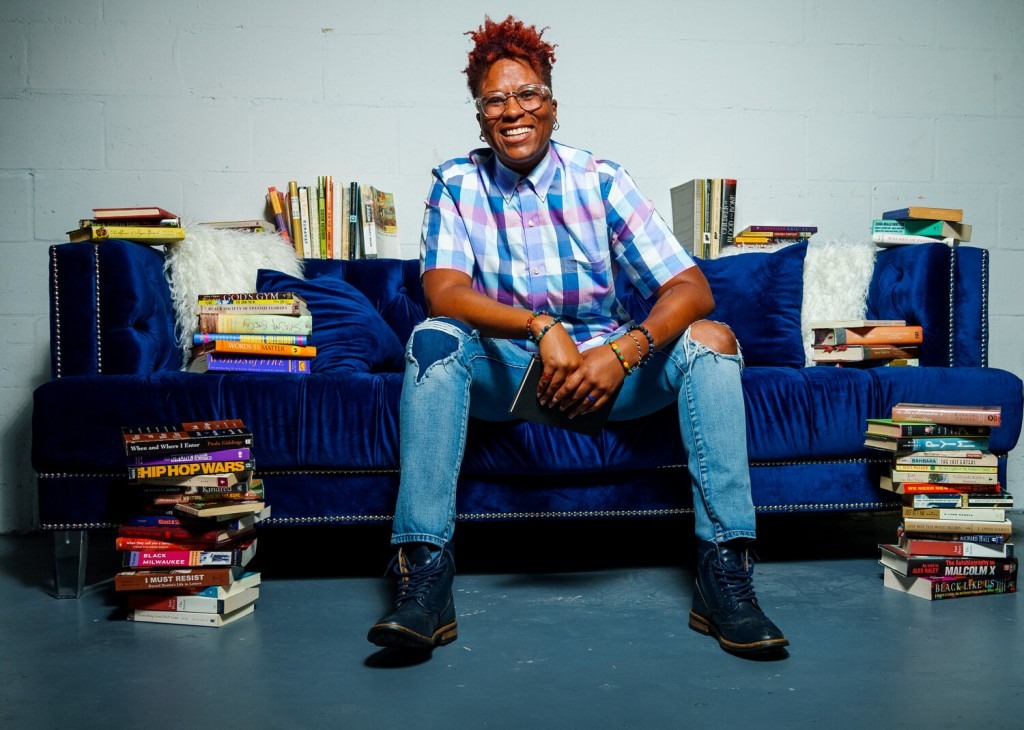
When (re)considering how best to approach an artist’s life in the midst of all that is going on in the world, all that may be going on in our personal and professional lives, I recommend taking some time to explore the ideas you hold about work, capacity, and worth. I encourage (re)visiting your relationship to “the grind” and how to work from a place of strategy and gratitude rather than a place of exhaustion and desperation.
Choosing to follow your passion and focus on your craft full-time should be an affirming decision that centers your best self and fills you with hope and determination to see things through in a new way – relearning and unlearning is part of that process.
Recommended Reading. . . Rest is Resistance by Tricia Hersey, Deep Work by Cal Newport, and A Handful of Earth, A Handful of Sky by Lynell George.
Carrie Jadus
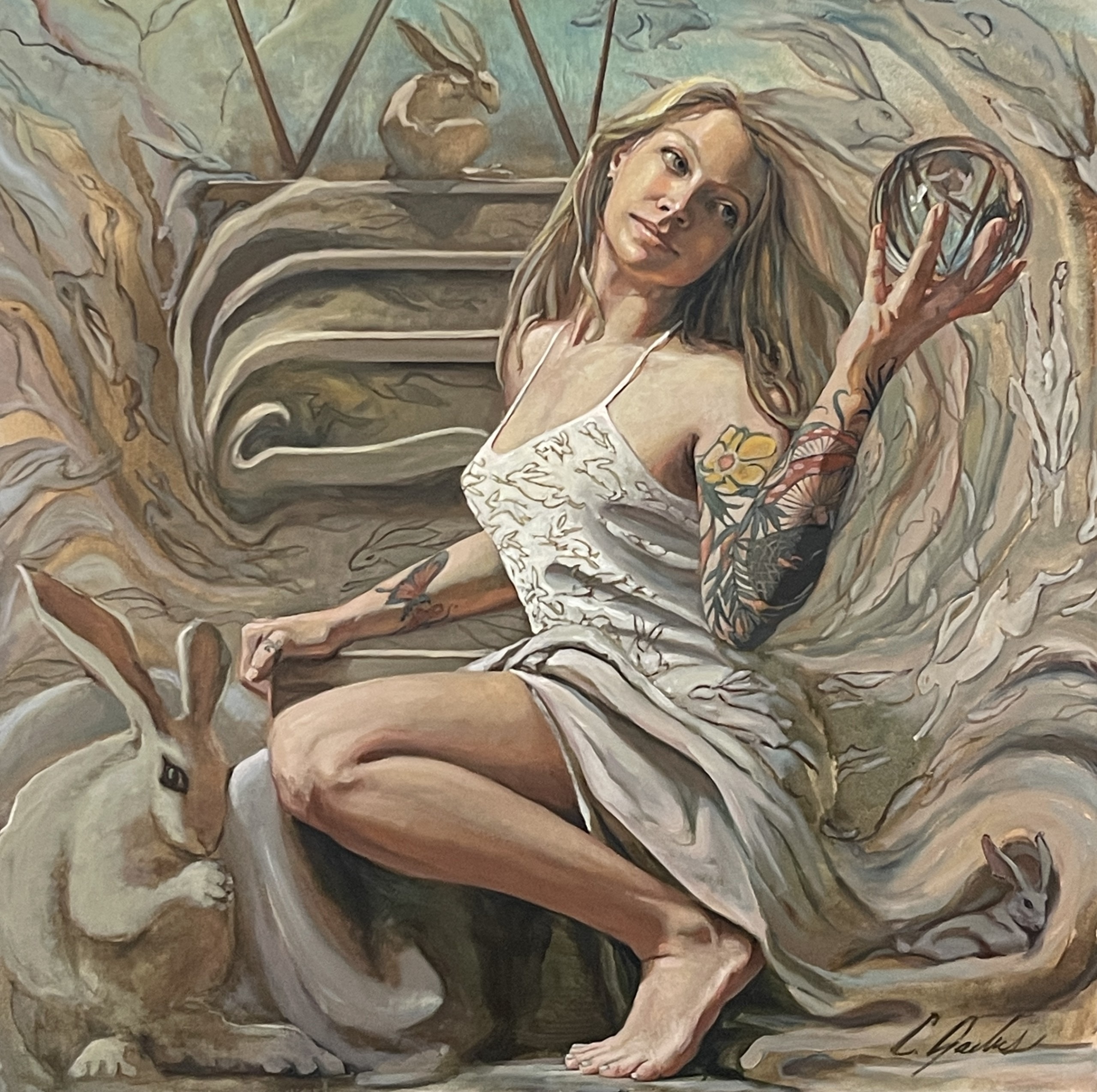
A simple piece of guidance I would offer to those transitioning to working as a full-time artist is “to learn to be very protective of your creative time and treat it as though it is the most precious substance on Earth.”
Carrie Jadus talks with Barbara St. Clair on the Arts In podcast about deciding to leave her secure day job to become a full-time artist – and how she planned that shift so that she could support her family.
– Transcript –
The sandwich in the car day. It was one of those cold days where it’s so hard to get warm that I went out to the car to get my lunch. I packed a sandwich and the sun was shining in my car, so it was kind of warm. So I just decided to stay in my car and eat my sandwich.
And I turn the radio on, and I was eating my sandwich, and there was this radio show that was something really silly. It wasn’t a profound show. They just happened to be asking people to call in, who were over the age of 80 – and talk about their biggest regrets. I listened to 5 or 6 of them, and then it was time to go back to work, and I turned the radio off.
And I just imagined that I was 80 years old, and what my biggest regret would be. I just knew that if I didn’t pursue art, I would be dead. So, that day forward, I had this flame under my ass – I need to make an effort to make this work.
One of the things I learned as an engineer is to be a really good planner and to experiment in my own life and to figure out what works. Because a lot of times, as an engineer, you have a goal that you have to reach and something you have to build – but you have no clue how to build it until you start piecing things together and trying things.
So I had to go through a planning phase like, “Okay, how am I going to do this? How am I going to make this work? How am I going to tell my parents?”
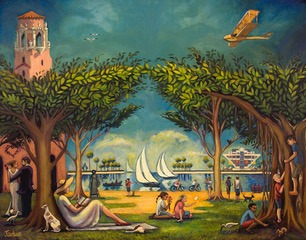
I had a period of time where my friends that I worked with as engineers were like, are you crazy? I mean, I had a wonderful job – great boss, great work crew, great 401K plan. So it was just crazy for me to leave – but I felt like if I didn’t at least try, I would be one of those people on the radio.
So the planning period was hard because a lot of people thought I was crazy and that I was giving up something for a pipe dream. I told my parents, and I remember my mom said to me, “It’s okay, honey, your dad and I always knew you were an artist.”
I was almost 30 at that time. I had two children, two young boys. And one of the things that had been stewing inside of me is I didn’t like not being with them when they were young. And working as an engineer, I had regular hours. Essentially my kids were going to daycare and my parents while I was working. So I really wanted to have something where I could spend more time with them.
So that was weighing heavy on me – and one of the great things about finally making the leap to being an artist was that I could have flexible hours, and they could come with me to go take photographs downtown and go to museums and do research. They can do a lot of stuff with me, which unfortunately has kind of shaped them into two boys that don’t want to have anything to do with museums right now.
But I decided that I had been pushing part of me aside, and I needed to pursue it. So I came up with a plan. I actually came up with a business plan. I tried to search for similar businesses and use that as a template. And of course, at that time in my life, I didn’t really know anyone that was an artist that was making a living. So it was kind of an experiment.
I took the template business plan of a Toymaker, because that was the closest thing I thought I could find to being an artist, because you’re making things and you’re selling them at retail. So I kind of manipulated it.
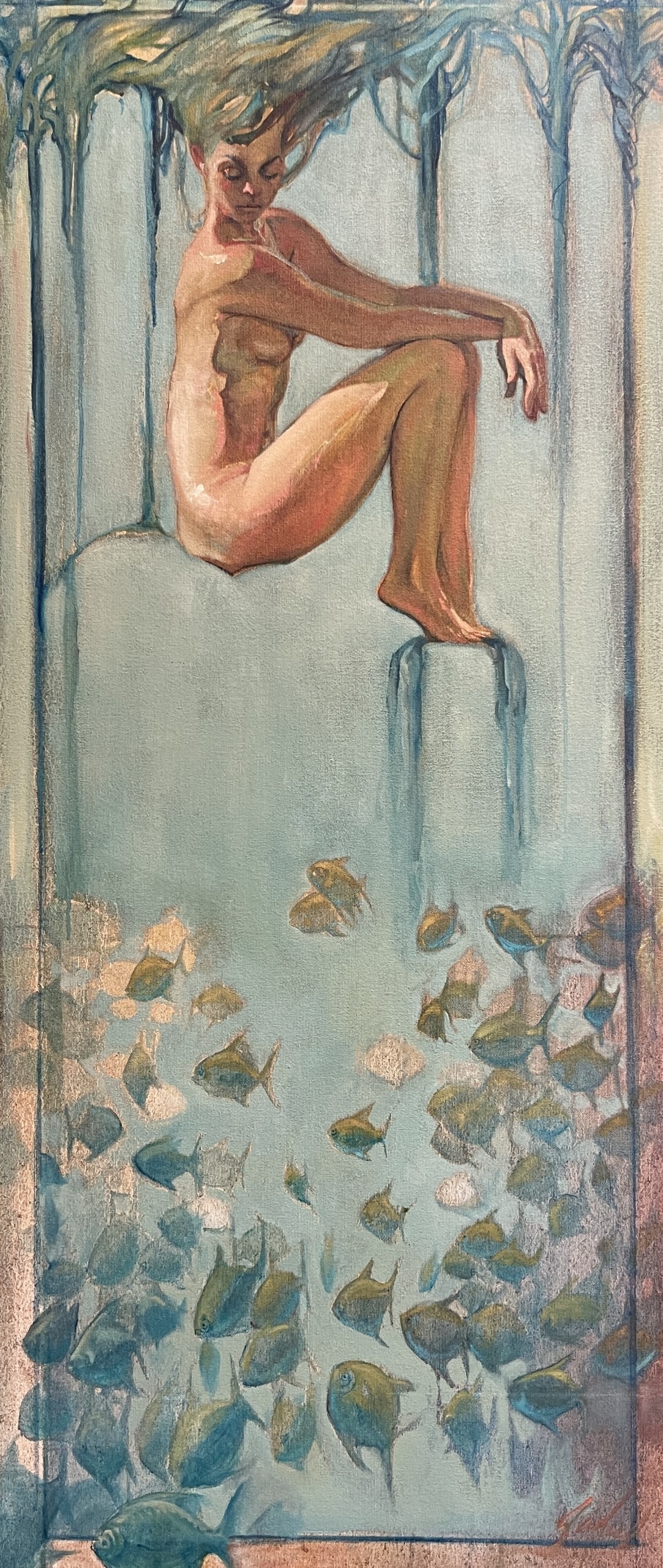
I had this goal of how I was going to start building a clientele, building a gallery network and selling work. I started creating and putting stuff out there and making connections. I did a lot of work with community-building projects and charities, and that was a great way to make new connections and find people that were interested in what I was doing.
And that was kind of the first step. How am I going to be able to make a living and support my family and be able to do this? And that was where the plan came in. It has changed many times. And my plan now is totally different than it was then. But I think I’m a nice mixture of a dreamer and a scientist in that way – I have this ability to think anything’s possible and then sit down and think, okay, how am I going to do it?

After several years, I realized – this is really going to work. I was able to have a regular clientele. And the money that I was making became essential for me to provide for my family.
I began doing portraits and commissions and taking on several other genres of work to make ends meet. One of my biggest heroes, and the artist I really am inspired by is Monet – I felt like I could portray my city through an artist’s eyes and create these moments that would immortalize St. Pete. I had a cityscape series that I worked on regularly, and that provided me freedom to paint the things I wanted to paint – but also income, because there was a demand for those. And I’m very intrigued by the figure, so I did figure drawings and I had a following for those.
And then I have my own creative stuff, which I would consider a more, expressionistic, surreal genre. And that’s kind of what I do a lot of today.
Instagram @jadusfineart
Steven Kenny

The advice I always give to artists transitioning from day jobs to working full-time is to try to find a day job that’s in some way connected to the arts.
My dream was to be a full-time fine artist. I moved to New York City but began to run out of money after about six months.
A friend got me a job as a graphic designer for a New York City company that both represented a stable of commercial illustrators and designed school textbooks. I knew almost nothing about graphic design having majored in illustration at RISD but I learned a lot.
The textbook project I worked on ended after six months so I sent my resume to other artist representatives that I had heard about.
In a short time I was hired by the oldest and most respected freelance illustration agency as a sales representative. I knew nothing about sales but quickly gained a wealth of experience meeting with art directors and creative directors, making presentations at ad agencies and publishers, learning about contracts, etc. These tools continue to serve me every day.

During my time there I continued to paint at night and created a portfolio in the hope that I could begin doing my own illustration work through the agency. I gradually started receiving commissions and eventually grew so busy that the agency agreed to represent me as a full-time illustrator.
While my illustration career was in full swing I continued to produce fine art paintings in the hope of working with galleries. This finally happened and I now paint full-time while still doing an occasional commercial illustration here and there.
My journey to becoming a full-time fine artist took about 15 years but in retrospect I wouldn’t have done anything differently.
Instagram @stevenkennyart
Facebook @steven.kenny.studio
Laura Spencer – Miss Crit
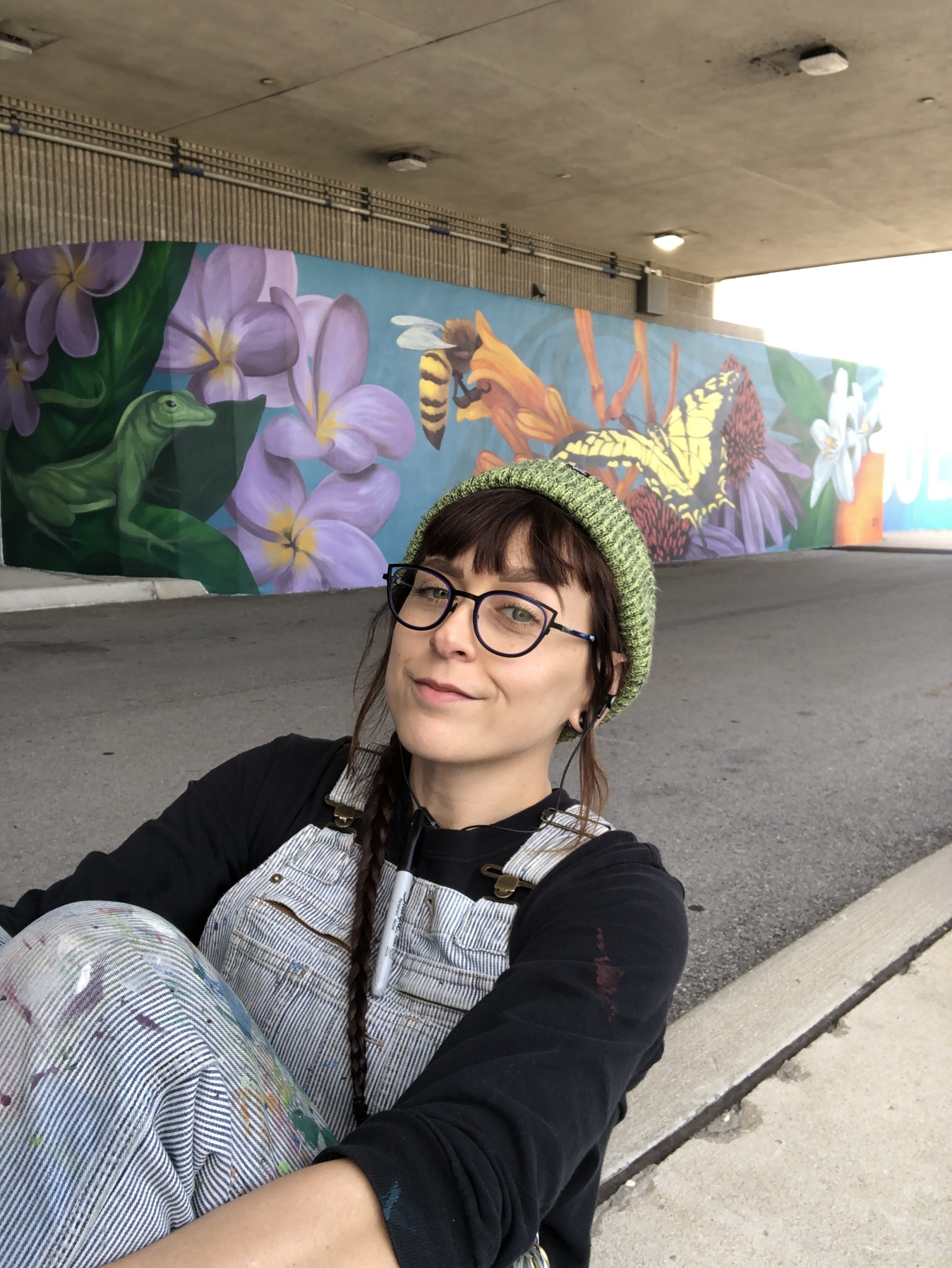
There’s so much I would love to say and share on the topic of building a sustainable art career and making the transition to full-time – it could be a full-blown graduate dissertation or several-part seminar!
All I can truly share is what I have experienced – my artistic career is inextricable from my personal history. It’s all one in the same. So, whatever advice I can provide (at least from a psychological/spiritual point of view) will be flavored by all the choices, sacrifices and perspective I’ve held over the years to get to this point.
And truly, despite being a “professional” artist for over 10 years – and having intentionally studied and practiced for closer to 25-30 years – I am just barely 2 years in to my (second round) of being a full-time Freelance Artist.
It’s a lifelong commitment – Honestly, I feel it’s similar to the radical devotee that shaves their head and falls in love with “The Source” (god, spirit, what-have-you) and fully commits to a monkish lifestyle of meditation and service, but in this instance it’s service to Art and Creativity and Passion. Devotion to being a vessel or conduit for whatever that “Creative Force” is, and allowing yourself and your ego to get out of the way and to follow the path of curiosity, mishaps, opportunity and persistence.

Full-time creativity is not for the faint of heart or the lofty daydreamer – it is tons of hard work, sacrifice and total commitment to the practice. You must get resilient to failure and disappointment, and you must MAKE your own luck – by way of persistence, perspective and capitalizing on opportunities.
It all has a compounding affect too – the more positive and tenacious you can be, the more opportunities present themselves, and the more “lucky” you become.
Ok – so with all the flowery woo-woo stuff aside, here’s just ONE practical piece of advice on how to Make the Transition from “Casual Creative” to “Full-Time Artistry”:
- Get Organized: The single MOST IMPORTANT part of an Art Career, that which will separate you from the overwhelmed and flooded creative market is YOURSELF. ORGANIZED.
Whatever that may look like for you – for me, its religiously Making Lists. I do this constantly – LIVE AND DIE BY THE LIST. Daily, Weekly, Yearly goals.
When I write it down on a piece of paper, with my hands and ink and highlighters – it makes it all somehow more REAL.
I make my list for the next day right before bed. Not only does this serve as a key part of Keeping Organized, Staying on Task, and Managing my Time, but it also allows me to brain-dump everything I need to do. List making alleviates my anxiety around uncertainty, and I sleep SO MUCH BETTER. And of course better sleep = better health = better art making.
I make lists of all the goals and future projects I want to accomplish – all my “pie-in-the- sky” dreams, the type of art I want to make, the amount of wealth I want to earn, and the type of creative entity and-or community “leader” I want to be.
I think the real magic of this list-making (you could also call it affirmations or manifestations) is that – as you write, you are consciously and subconsciously committing all these intentions to paper – and whether you realize it or not, you start making the subtle small shifts in your perspective and making small incremental changes in your real life that inevitably steer you towards those written goals.
Through the repetition of list-writing and goal setting, it’s almost inevitable that you CAN AND WILL achieve those goals. You will fail, you will fall short, and so you write and rewrite those goals, and check items off that list until you have finally achieved them.
Being a professional artist is all about time spent – as cliché as it may seem, it really truly does come down to the 10,000 hours concept. Or – if you think of it from a “statistics” standpoint (which – I went to Art School so I know nothing of math/numbers/statistics) but the most successful artists I know of, the ones that make prolific and influential work for a lifetime – it’s all about how much, how long, and the quality of intention you devote to the practice. It’s a numbers game all about the amount of time you invest in your given field.
Most people give up on this dream, and so the longer you can stay in the business, the better you establish yourself and therefore the longer and more successful your career will be.
Of course – results may vary (and those variables include family/friends/community support systems; balance between creating the art people want to see and invest in vs. the artwork that you may want to create; your tenacity/hunger/curiosity to improve and refine your skills, your courage to take risks, and most importantly – your resilience to perceived “failure.”
Passion and perspective drive everything. You have to want this life more than anything else. You have to get comfortable with being self-absorbed (but not selfish – there’s a big difference). Get comfortable with disappointing other people’s opinions on what you should be doing (i.e. ignore all those “get a real job!” naysayers).
And again – most importantly – realize that Every “yes” is a “no” to something else. That includes how and where you spend your time, the types of projects you take on, and the people and places you surround yourself with.
Get used to saying “no” to MOST things, so that all your “yes” is reserved for making art, growing your business, and flourishing and nourishing your creative entity.
Instagram @artonomy_llc
Instagram @miss_crit
and more perspectives. . .
Mitzi Gordon
Over the years I have been very fortunate. In 2015-2022, I was able to cobble together a living working as a freelance writer and artist in St. Pete, but I always had financial challenges…
One thing I can share from my experience with the St. Pete Women’s Collective and Venus (both 2017-2022) is that I believe like-minded creative folks always benefit from joining together in mutual support. The success of those projects was in community, and in the pooling of resources. Particularly at Venus, where each person brought to the space whatever they could in terms of money, supplies and volunteer hours. We go further together.
Astra and Friends collaborative workspace and marketplace is a great example of this concept now in St. Pete.
Nicole Hays and A.J. Vaughan
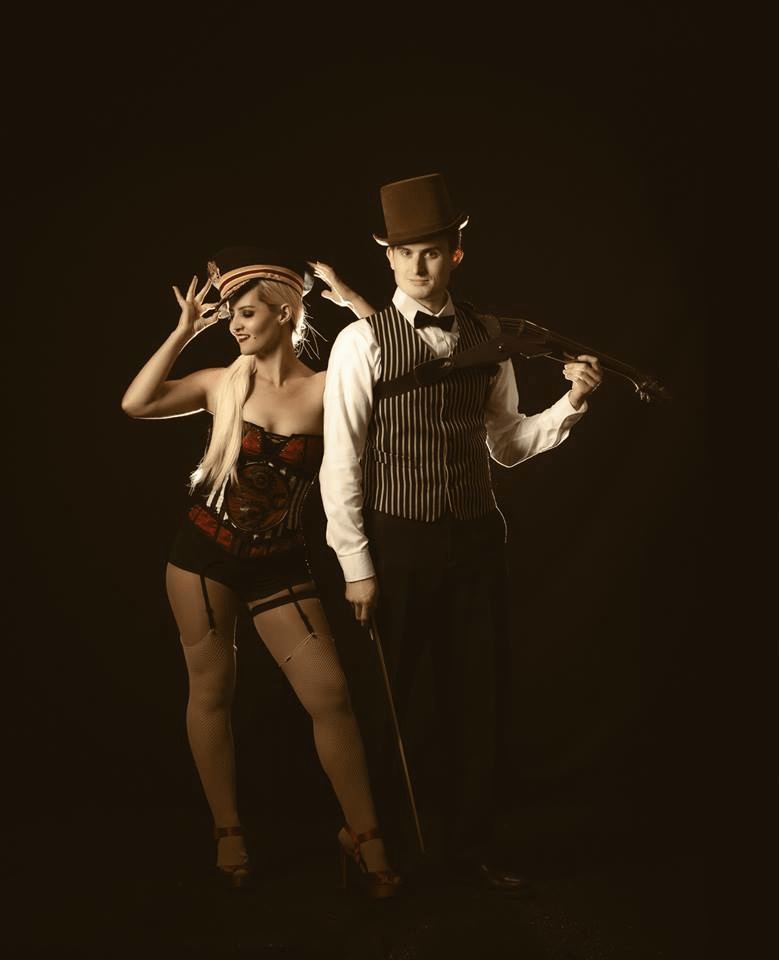
Performing artists Nicole Hays and A.J. Vaughan recently shared how they created full-time performance careers both individually and together. You can read their story here.
